Rice porridge, a simple yet comforting dish, is a staple in many cultures around the world. It’s a blank canvas for culinary creativity, offering endless possibilities for flavour and texture. I’ve spent years perfecting my porridge-making skills, experimenting with different rice varieties, cooking methods, and flavour combinations. Let’s embark on a journey together to discover the secrets of crafting the perfect bowl of rice porridge, from choosing the right rice to adding that final touch of magic.
(Part 1) Rice: The Foundation of Your Porridge
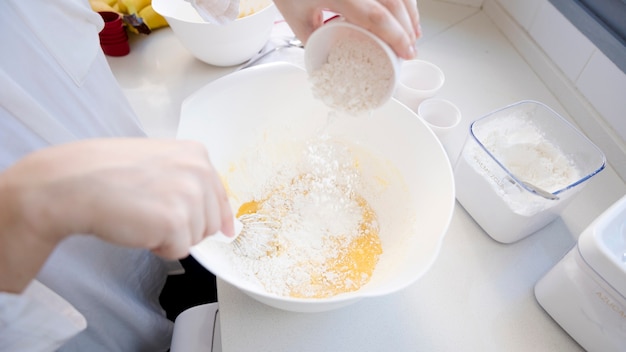
Choosing the right rice is the first step in creating a truly satisfying porridge. It’s all about finding a rice that cooks up creamy and smooth, not sticky or dry. The starch content and grain shape play crucial roles in the final texture.
The Short-Grain Advantage
For a classic, creamy porridge, short-grain rice is your go-to. These plump, starchy grains release their starch during cooking, creating that luscious, thick texture we love. My personal favourite is Japanese short-grain rice, known as kome. It has a subtle sweetness and a slight chewiness that I find utterly irresistible.
Other excellent choices include arborio rice, commonly used in risotto, and even leftover cooked rice. The key is to ensure the rice cooks up soft and creamy, not too firm or sticky.
Exploring Beyond Short-Grain
While short-grain rice is a classic choice, don't shy away from experimenting with other varieties. Long-grain brown rice, for example, adds a nutty flavour and a bit of rustic chew. It takes a bit longer to cook, but its nutritional benefits are well worth the effort. For an extra touch of decadence, try blending rice varieties. Get creative and see what combinations work best for you.
(Part 2) The Golden Ratio: Finding the Perfect Balance
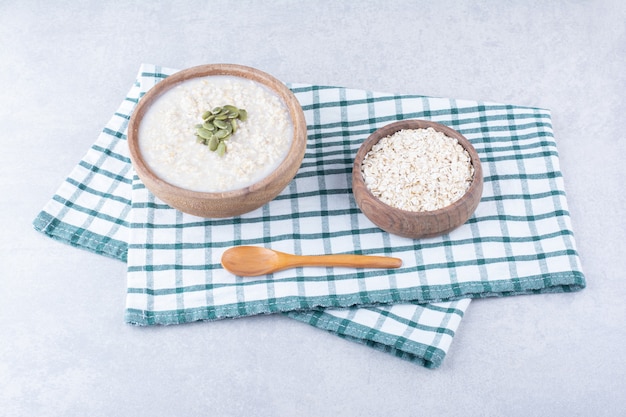
Now, let's dive into the heart of porridge-making: the ratio of rice to liquid. This seemingly simple aspect is crucial for achieving that perfect porridge consistency. Too much rice, and you'll end up with a watery mess. Too little rice, and you'll be left with a thick, gluey porridge.
The Classic 1:8 Ratio
The classic ratio for rice porridge is 1:8. For every 1 cup of rice, you'll need 8 cups of liquid. This ratio produces a porridge that is thick enough to hold its shape but remains smooth and creamy. However, this is just a starting point. You can always adjust it to suit your personal preferences. If you prefer a thinner porridge, add more liquid. For a thicker porridge, use less liquid.
Liquid Options: Adding Flavor and Depth
Water is the most common liquid used in porridge, but feel free to get creative! Milk adds a rich creaminess, broth imparts a savoury flavour, and fruit juice brings a touch of sweetness. You can even mix and match liquids to create your own unique flavour profiles. My personal go-to is a combination of water and milk for a balanced flavour and texture.
(Part 3) Cooking Methods: From Stovetop to slow cooker
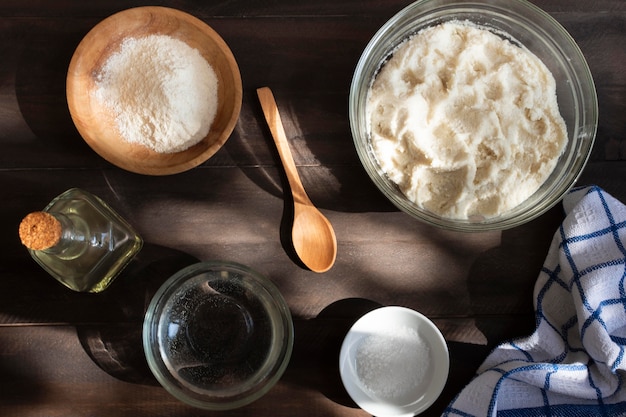
You have your rice and your liquid, now it’s time to cook. The key is to cook the rice slowly and gently until it’s perfectly tender and creamy. There are several methods to choose from, each offering its own set of advantages.
Stovetop Cooking: A Classic and Controllable Approach
The stovetop method is a classic and reliable way to make porridge. It allows you to control the cooking process and adjust the heat as needed.
- Rinse Your Rice: Thoroughly rinse the rice until the water runs clear. This removes excess starch, preventing a sticky porridge.
- Combine and Boil: Combine the rinsed rice and liquid in a medium saucepan. Bring the mixture to a boil over medium heat.
- Simmer to Perfection: Reduce heat to low, cover, and simmer for 20-30 minutes, or until the rice is tender and the liquid is absorbed. Stir occasionally to prevent sticking.
- Rest for Creamy Texture: Remove from heat and let it sit, covered, for 5-10 minutes. This allows the rice to fully absorb the remaining liquid, resulting in a wonderfully creamy texture.
You'll know the porridge is done when the rice has bloomed and most of the liquid has been absorbed. It should have a smooth, creamy consistency, not too runny or too sticky.
Slow Cooker Porridge: A Hands-Off Delight
For those who prefer a hands-off approach, the slow cooker is a perfect solution. Throw everything in the morning, and come home to a steaming bowl of deliciousness.
- Combine Ingredients: Rinse your rice and combine it with your chosen liquid in your slow cooker.
- Cook Low and Slow: Set your slow cooker to low and cook for 4-6 hours, or until the rice is tender and the liquid is absorbed.
The slow cooker allows the rice to release its starch slowly, creating a smooth, creamy texture. Remember to check the porridge occasionally to prevent burning.
rice cooker Porridge: Speed and Convenience
For those who value speed and convenience, a rice cooker is a game-changer. It takes the guesswork out of cooking rice, making it perfect for porridge.
- Combine and Cook: Rinse your rice and combine it with your chosen liquid in your rice cooker.
- Select Porridge Setting: Select the porridge setting on your rice cooker and let it do its magic. Most rice cookers automatically switch to a "keep warm" setting once the porridge is cooked.
Rice cookers are ideal for a quick and easy porridge. They also keep your porridge warm for hours, perfect for a late-night snack or a leisurely breakfast.
(Part 4) Elevating Your Porridge: The Art of Flavoring and Topping
You've mastered the basics, now it's time to take your porridge from good to great. It's all about adding those extra touches that transform a simple breakfast into a culinary masterpiece. We're talking about flavourings, toppings, and textures - the elements that create a symphony of taste.
Flavoring Your Porridge: A Symphony of Taste
Rice porridge is a blank canvas, easily customized to your liking. Experiment with flavourings to create your own signature porridge.
- Sweet and Savoury Balance: A dash of salt and a sprinkle of sugar can create a subtle sweetness and balance the flavours.
- Warm Spice Notes: A pinch of cinnamon, cardamom, or nutmeg adds a warm, comforting aroma.
- Ginger Zing: Grated ginger adds a peppery kick, perfect for those who enjoy a touch of spice.
- Vanilla Delight: A splash of vanilla extract brings a delightful sweetness and aroma.
Remember, a little goes a long way. Start with small amounts and adjust to your taste.
Topping Your Porridge: A Celebration of Textures
Toppings are essential for adding texture, flavour, and visual appeal to your porridge.
- Fresh Fruit Burst: Berries, bananas, or mangoes add sweetness and freshness.
- Crunchy Texture: Chopped almonds or walnuts, chia seeds, or flaxseeds provide a satisfying crunch and healthy fats.
- Chewy Delight: Raisins, cranberries, or apricots add a chewy texture and concentrated sweetness.
- Sweet Drizzle: A drizzle of honey or maple syrup adds a touch of sweetness and decadence.
Texture Play: Adding Dimension
Don't be afraid to get creative with textures. Try adding:
- Coconut Flakes: For a tropical twist.
- Toasted Sesame Seeds: For a nutty crunch.
- Whipped Cream: For a decadent touch.
The possibilities are endless! Experiment and find combinations that excite your taste buds.
(Part 5) Exploring Variations: Beyond the Basics
Rice porridge is a truly versatile dish, offering a wide array of variations to explore. Let's venture beyond the traditional and discover exciting new possibilities.
Savoury Porridge: A Hearty and Filling Breakfast
Savoury porridge is perfect for those who crave a more substantial breakfast. Here’s how to create a flavourful and satisfying savoury porridge:
- Cook the Base: Cook your rice porridge as usual, using water or broth as your liquid.
- Add Savoury Flavour: Add your favourite savoury seasonings, such as salt, pepper, ginger, garlic powder, or herbs.
- Top with Delight: Top with toppings like chopped vegetables, scrambled eggs, grilled mushrooms, or smoked salmon for a complete and fulfilling meal.
Sweet Porridge: A Comforting and Delicious Treat
Sweet porridge is a classic choice for a comforting breakfast or a warm dessert. Here's how to create a sweet and satisfying porridge:
- Cook the Base: Cook your rice porridge as usual, using milk, water, or a combination of both.
- Add Sweetness: Add a touch of sweetness with sugar, honey, or maple syrup.
- Top with Delight: Top with your favourite fruits, nuts, seeds, or dried fruits. A dollop of whipped cream or a sprinkle of cinnamon adds a finishing touch.
japanese rice Porridge: A Delicate and Umami-Rich Delight
Japanese rice porridge, known as okayu, is a simple yet sophisticated dish often enjoyed for breakfast or when feeling under the weather. It is typically made with short-grain rice, water, and a touch of salt. You can also add other ingredients like seaweed, mushrooms, or pickled ginger for extra flavour.
(Part 6) Serving Up Perfection: The Art of Presentation
You've created a delicious bowl of porridge, now let's focus on the final touch - presentation. A well-presented dish is just as important as a delicious one. It’s all about creating a visual feast that excites the senses.
Choosing the Right Bowl: Setting the Stage
Start by selecting a bowl that complements your porridge. A simple white bowl allows the colours and textures of your toppings to shine, while a colourful bowl adds a pop of visual interest. For a rustic feel, try a ceramic bowl with a crackled glaze.
A Symphony of Textures and Colours: Creating a Visual Feast
Once you've chosen your bowl, it’s time to create a visually appealing arrangement. Start by layering your toppings, adding height and texture. For example, you could start with a base of porridge, followed by a layer of fruit, then a sprinkle of nuts, and a drizzle of honey.
Garnishes and Finishes: Adding the Final Touch
A sprinkle of cinnamon, a sprig of fresh mint, or a few edible flowers can add a final touch of elegance to your porridge. Don't be afraid to get creative and experiment with different garnishes to create a unique presentation.
(Part 7) Storage and Leftovers: Making the Most of Your Porridge
Let’s be realistic, making a big pot of porridge is tempting, but what happens when you have leftovers? Don’t worry, it’s easy to store and reheat your porridge, ensuring it stays delicious and creamy.
Refrigerator Storage: Keeping Your Porridge Fresh
To store your porridge in the refrigerator, simply transfer it to an airtight container. It will keep well for up to 3-4 days. Just remember to reheat it thoroughly before serving.
Reheating Tips: Preserving Texture and Flavor
When reheating your porridge, choose a gentle method that prevents it from becoming dry and crumbly. You can reheat it in the microwave, on the stovetop, or even in a slow cooker.
For the microwave, heat it in intervals, stirring in between to ensure even heating. On the stovetop, gently warm it over low heat, adding a little liquid if necessary. For the slow cooker, set it on low for a few hours until it’s warmed through.
(Part 8) FAQs: Answers to Your Porridge Queries
You’ve got questions, I’ve got answers! Let's dive into some frequently asked questions about rice porridge.
1. Can I Use leftover rice for Porridge?
Absolutely! Leftover cooked rice is a great option for making porridge. Just use a slightly lower ratio of liquid to rice, since the rice has already absorbed some of the liquid during the initial cooking.
2. How Do I Make Porridge Thicker?
If your porridge is too thin, you can thicken it by stirring in a cornstarch slurry. Mix a tablespoon of cornstarch with 2 tablespoons of cold water until smooth. Add this slurry to your porridge, stirring constantly, and bring it to a simmer for a minute or two until it thickens.
3. Can I Add Salt to Sweet Porridge?
A pinch of salt can actually enhance the sweetness of your porridge. It balances out the sweetness and creates a more complex flavour profile. But start with a tiny amount and adjust to your taste.
4. Can I Add Protein to Porridge?
Yes, you can add protein to your porridge! You can stir in protein powder, nuts, seeds, or even a scoop of Greek yogurt for a more substantial and satisfying breakfast.
5. What If My Porridge Is Too Sticky?
If your porridge is too sticky, it's probably because you used too much rice or didn't rinse it thoroughly. The excess starch is making it sticky. To fix it, add a little more liquid and stir well. You can also try adding a tablespoon of butter or oil to the porridge to loosen it up.
Everyone is watching
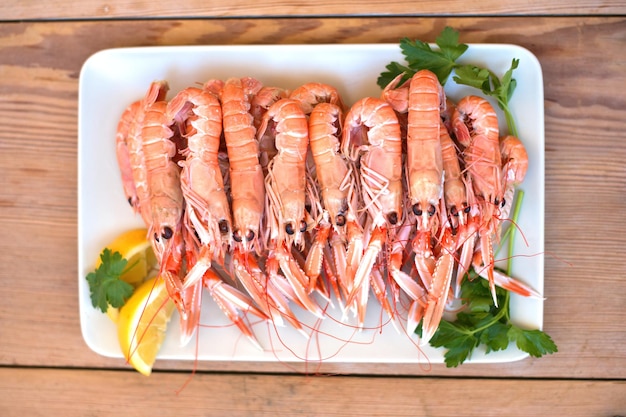
How to Cook Frozen Lobster Tails Perfectly: A Step-by-Step Guide
RecipesLobster. Just the word conjures up images of lavish meals, special occasions, and a taste of luxury. But let's...

Pigs in a Blanket Cooking Time: How Long to Bake for Perfect Results
RecipesAh, pigs in a blanket. Just the name conjures up images of those delightful little parcels of crispy pastry en...
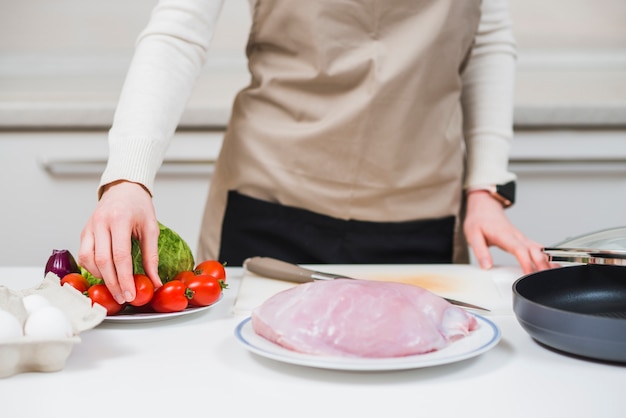
Pork Fillet Cooking Time: How Long to Cook It Perfectly
RecipesPork fillet, or tenderloin as it's sometimes called, is a real favourite in our house. It's so versatile, and...
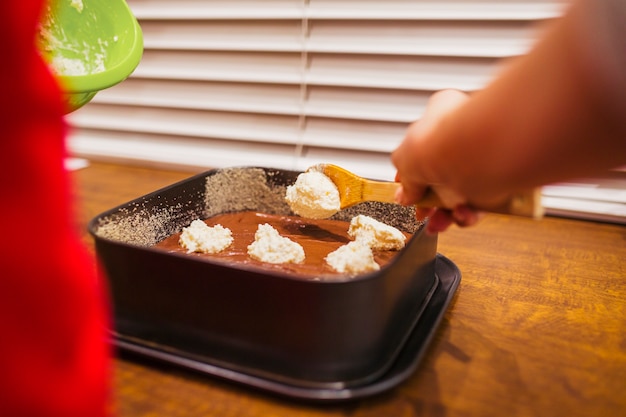
The Ultimate Guide to Cooking Delicious Frankfurters
RecipesLet's face it, we all love a good frankfurter. It's a classic, simple, and always satisfying. But let's be rea...

Wolf Meat Recipes: A Guide to Cooking Wild Game
RecipesLet's be honest, you don't see wolf meat at your local butcher shop every day. It's a bit of a wild card, but ...
